Consignment
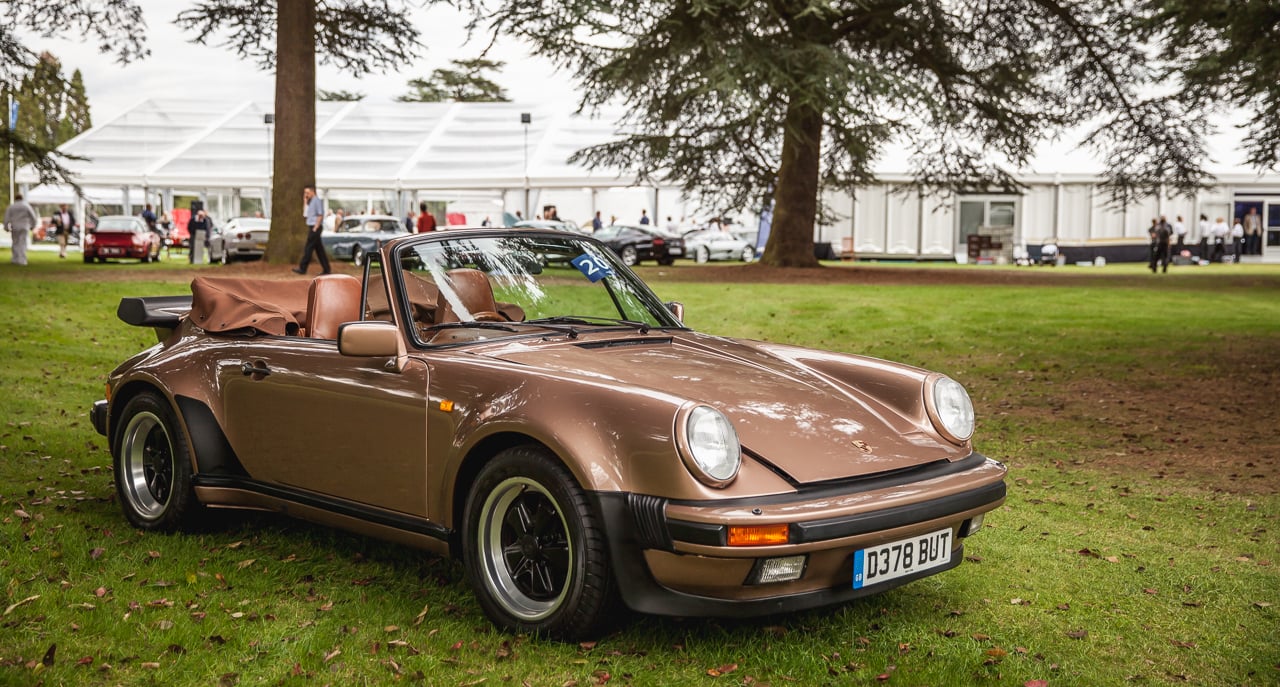

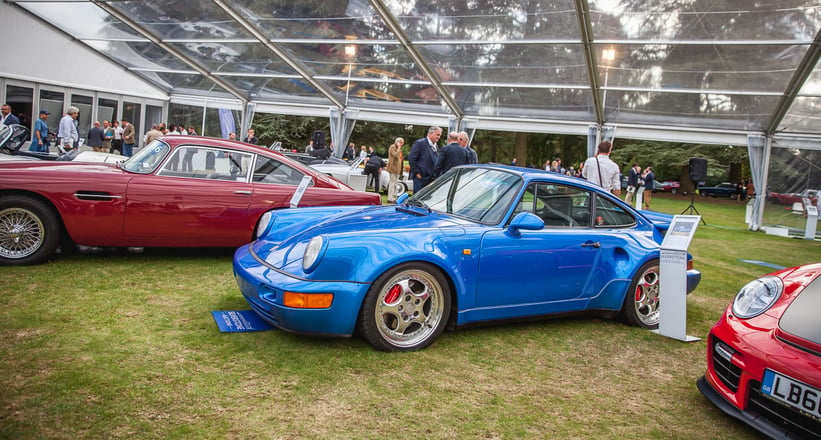
Consigning cars for auction is a two-way process. “Frequently, you’ll get a guy who says, 'I’ve got something interesting, you should come and have a look at it',” says Adam Rutter, Classic Car Specialist at Silverstone Auctions, “but we do make enquiries ourselves if we know of a certain car or collection that might be of interest.”
Before a car is approved (it’s important to note that the car must also meet the auction house’s standards and suitability), the consignee will gather as much information about it as they possibly can, before presenting their findings to a valuation committee. Once agreement is reached and an estimate (excl. buyer’s premium) has been established, it is negotiated with the owner. Then the car is photographed, its entry-form completed, history vetted, and catalogue description – for the auction of the owner’s choice – written.
On the day
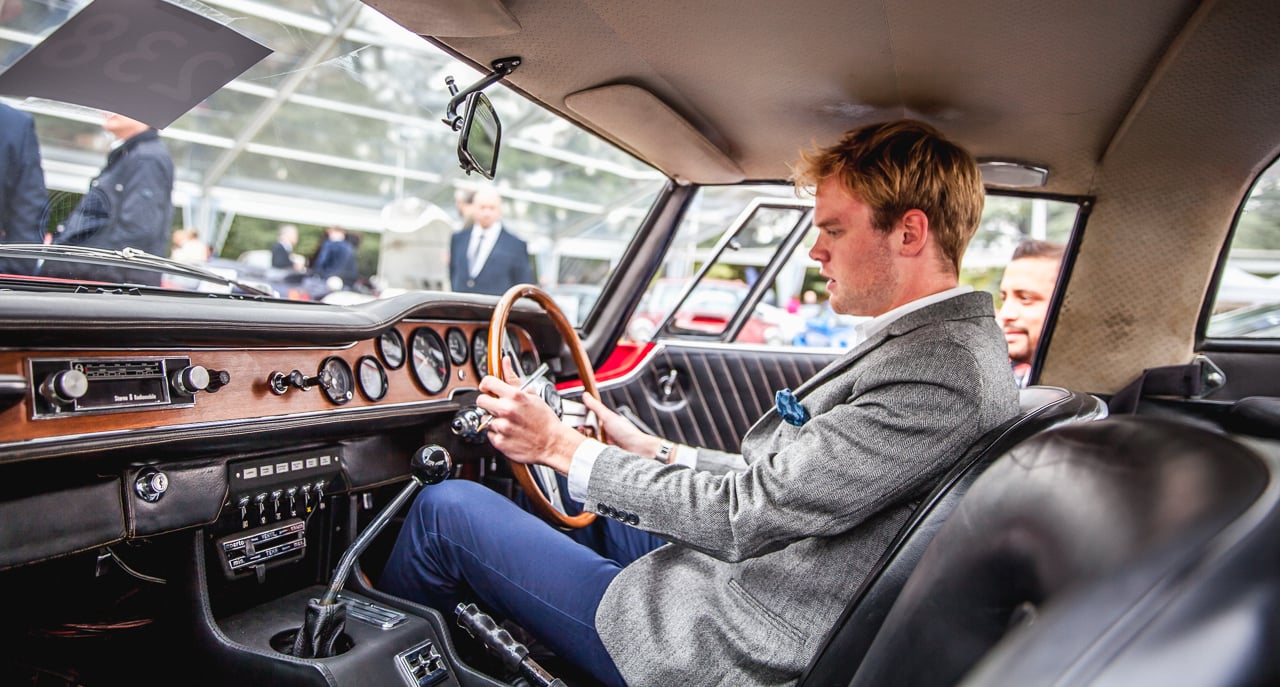

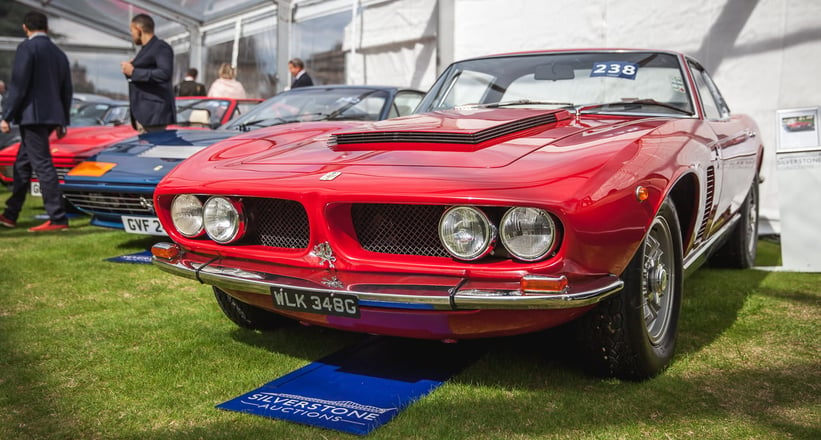
Fast forward to viewing day at the event, where all the cars are presented prior to the sale. We took on the role of a buyer, and chose a particularly good-looking 7-litre Iso Grifo (the 1968 Earls Court Motor Show car, no less) to inspect. I asked Rutter what he might be telling a potential bidder at this point. “It depends how much they know about cars – some of these guys know more than you, and there’s no point trying to fool them because they’ll find you out very quickly. I normally ask them to have a good look around the car, and then we can have a look at the paperwork.”
Cache for confidence
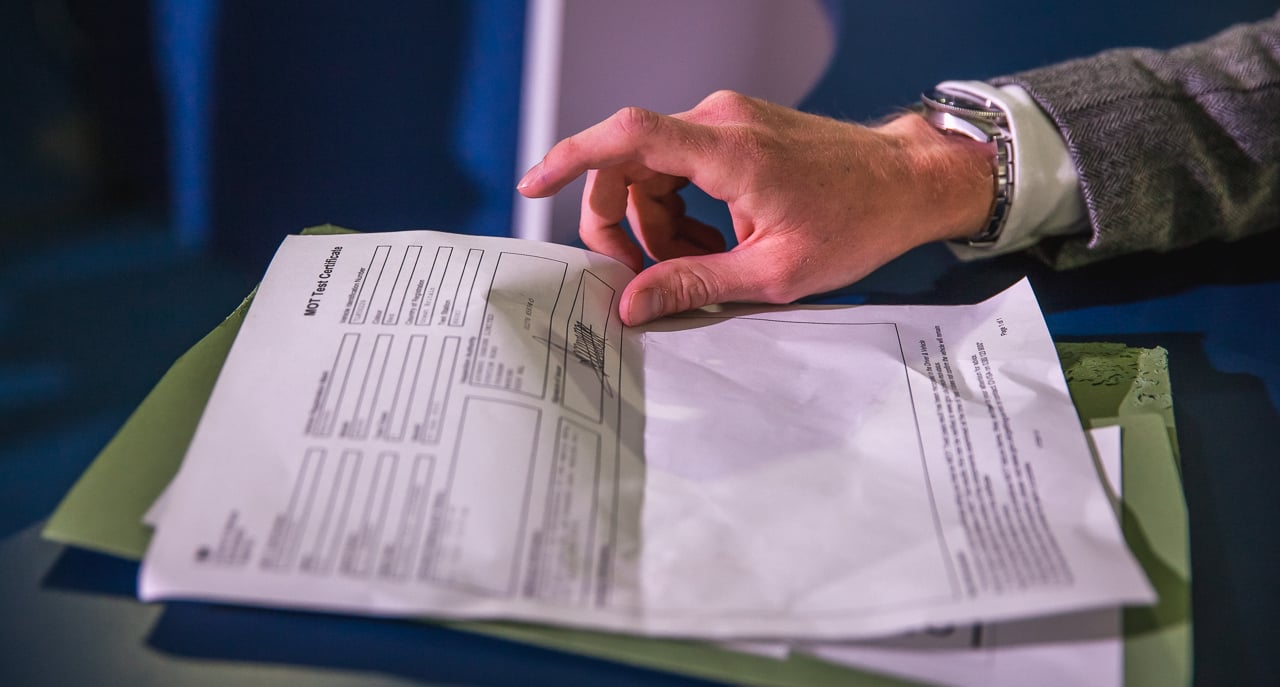
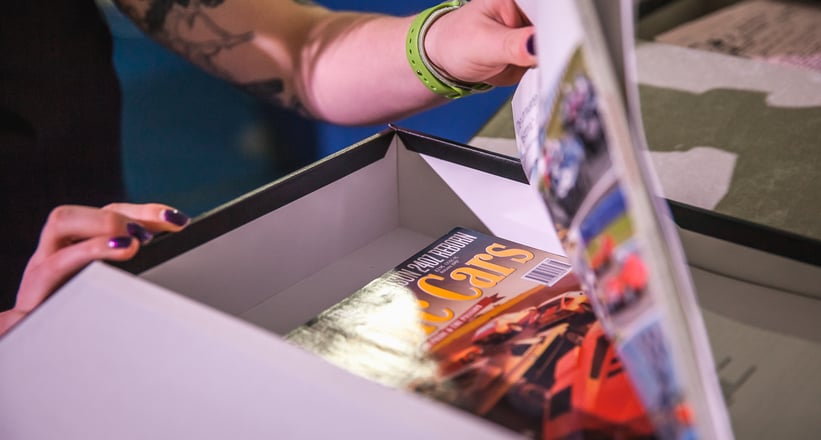
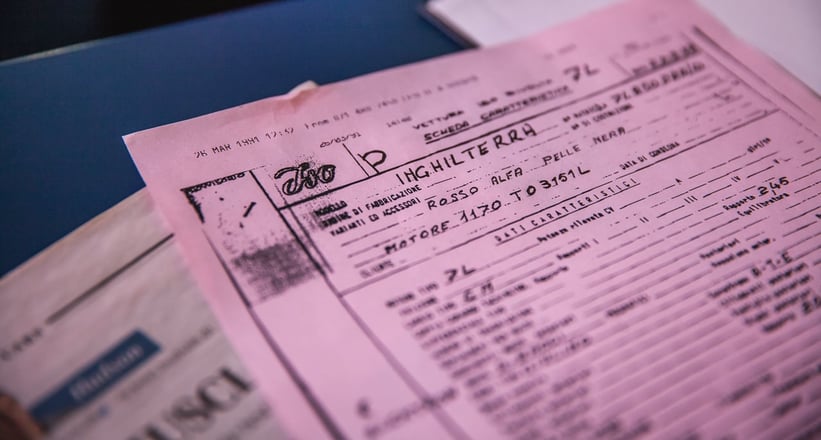
More often than not, the paperwork tells more of the story than an inspection, and the history desk at the sale is a treasure-trove of automotive history, ready to be vetted by prospective buyers. By sheer pot luck, it so happened that the owner of the Iso had been fastidious in this department, as evidenced by the two full boxes of documentation (and a separate store of parts), including magazine reports, service receipts, the original bill of sale, and hand-written notes from a motor club to which the owner belonged. Such a collection would certainly inspire confidence, if one were in a position to buy.
It’s show time
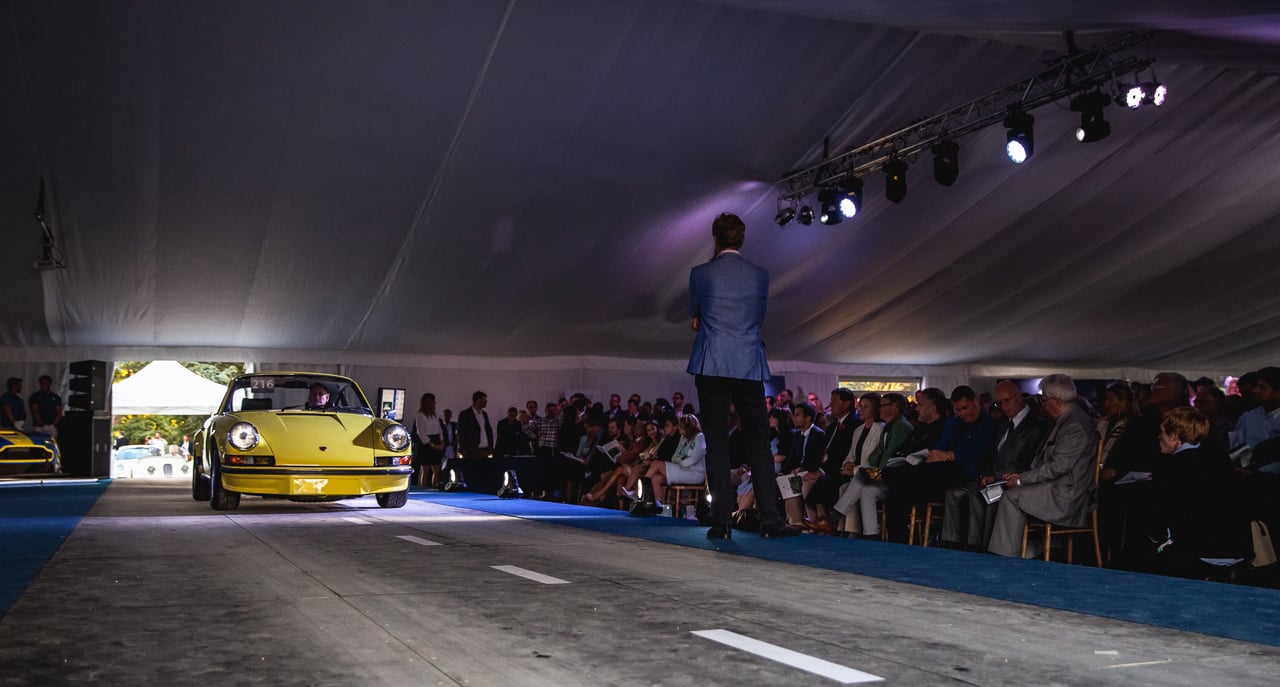
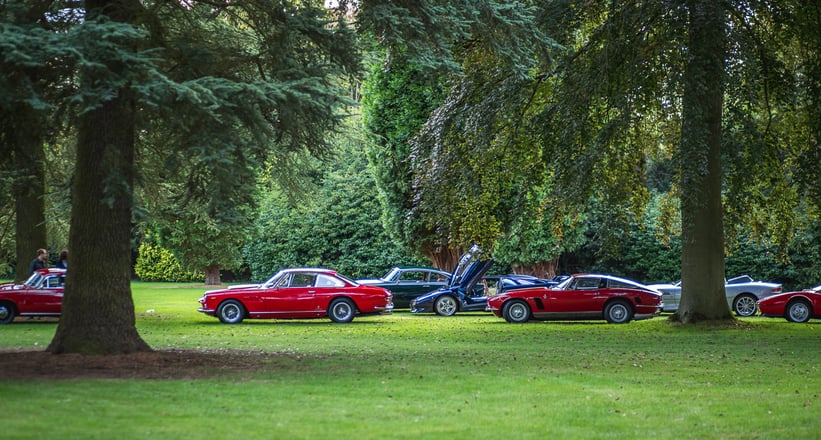

Once the canapés are devoured and empty champagne flutes collected, the action begins. The Salon Privé sale was Silverstone Auctions’ first try at a roll-on, roll-off auction, no doubt in a bid to heighten the excitement in the room. Auctioneer Jonathan Humbert (after a lengthy pre-sale ritual in order to psych himself up) takes bids in three ways – in the room, online, or via telephone.

Online bidding is managed by an external company called Proxibid, a true online marketplace that securely connects buyers and sellers from over 190 different countries. “Anybody who’s bidding at home will see and hear the auctioneer broadcast live,” said Dana Kaufman, Communications Director at Proxibid. “They can bid in real time and we will relay their bids to the auctioneer.” An hour before the sale began, more than £1m of pre-bids had been submitted online.
On the telephone
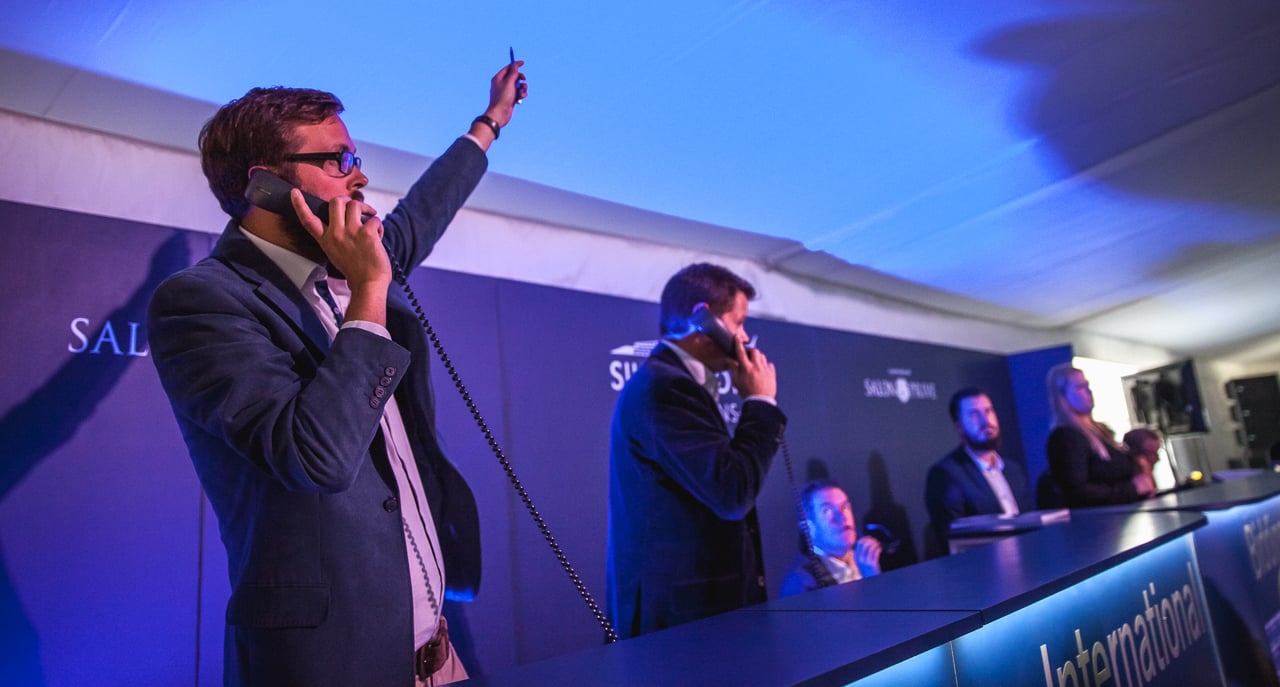
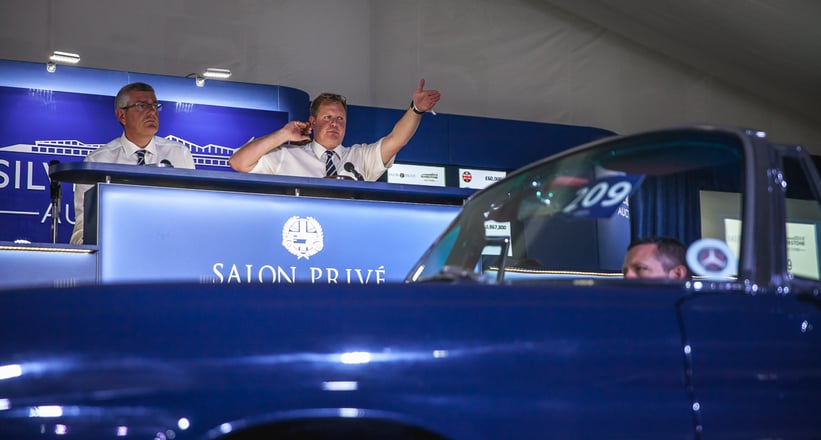

Telephone bidding is another complex aspect, during which a dedicated auction representative will ‘paint the room’ and bid on behalf of the client, who is absent either involuntarily or by choice (for reasons of discretion, for example). Transparency and speed is everything. Quite remarkably, a bidding war could ensue between clients in the room, those on the phone (who, incidentally, might also be in the room), and those online on the other side of the world, all in real time. “Typically we have around 10 to 20 telephone bidders, so we call them beforehand to make sure their phones are working, etc.,” commented Classic Car Specialist Jonny Shears. “We don’t want to miss any bids because, ultimately, that could be the difference between a car selling or not.”
It’s not over until...
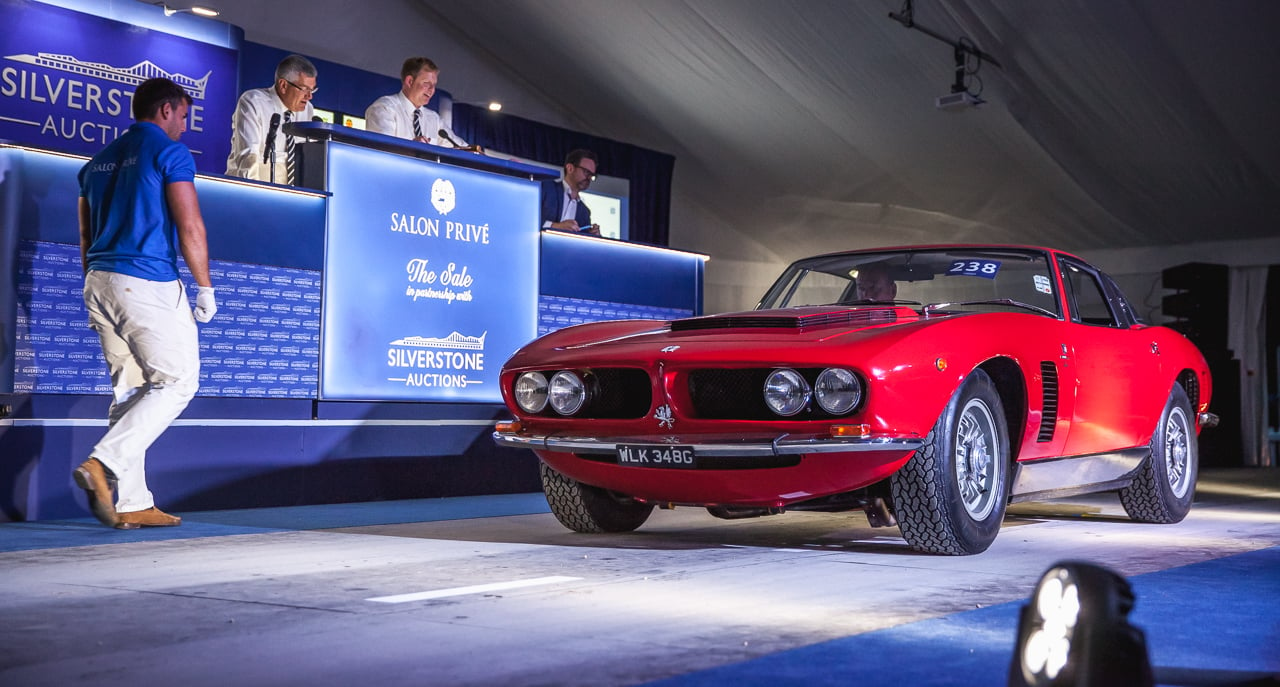
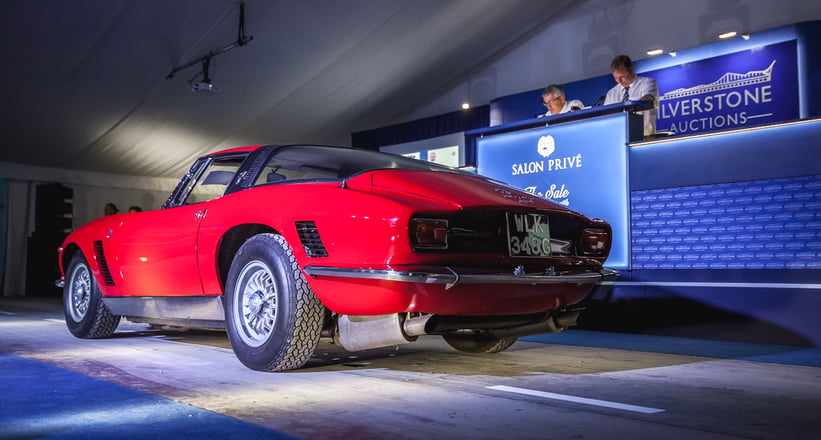
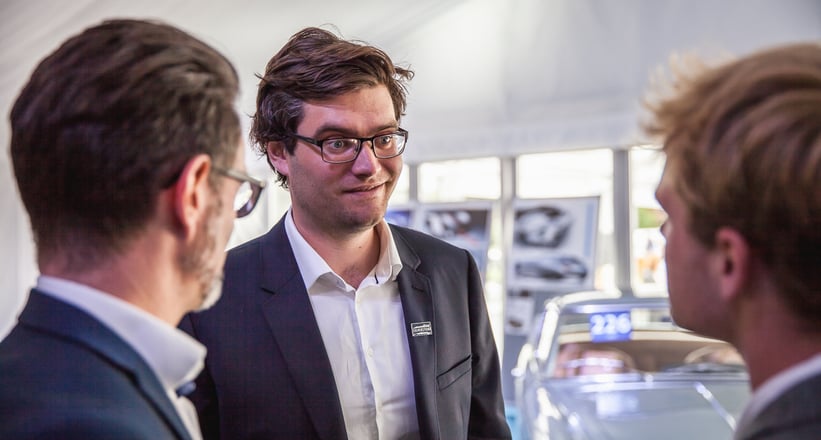
Remember that sellers might be on the phone, too. Interestingly, if a car is on the block and is bid just under reserve, the owner will be asked if they want to accept the bid and, if they agree, a small light on the rostrum will flash to inform the auctioneer. If a lot goes unsold but very close to its reserve, the auctioneer will invite serious enquiries following the sale. And, if a sold lot hasn’t been paid for and collected before Monday lunchtime, it will be transported and stored at the expense of the buyer.
After the gavel has dropped for the final time, it’s time to reflect on the sale. As Operations Manager Harry Whale puts it, “For six weeks before the auction, we are business people. But for the week leading up to it, we’re entertainers – we’re here to put on a show.” And a very enjoyable show it was...
Photos: Tim Brown for Classic Driver © 2015












































